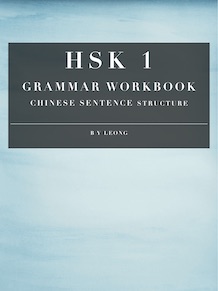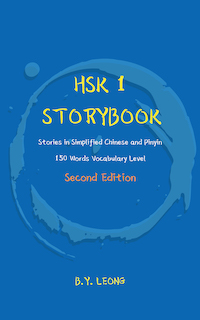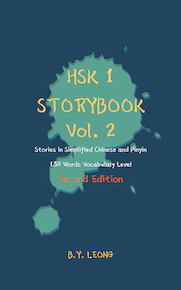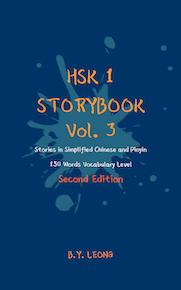Conquering Mandarin Chinese feels like scaling Mount Everest – daunting, yet exhilarating. But just like any epic climb, you need the right gear. For HSK 1, your essential equipment? Chinese characters!
Don’t worry, you don’t need to memorize all 50,000+ at once. Meet the HSK 1 Heroes: a select squad of characters that’ll empower you to navigate basic conversations, understand signs, and feel like a true Mandarin warrior.

Section 1: The Building Blocks – Basic Strokes and Radicals
Before diving into the heroes, let’s take a look at the basic building blocks of Chinese characters – strokes and radicals. Characters are formed by strokes, and they can be categorized into radicals, which are groups of strokes that represent a specific meaning or sound. Learning these building blocks will make learning new characters easier.
Basic Strokes in Chinese Calligraphy:
Chinese calligraphy is known for its beauty and precision, and understanding the basic strokes is fundamental to mastering it. The eight basic strokes are:
- Horizontal (横, hèng): A straight line drawn from left to right.
- Vertical (竖, shù): A straight line drawn from top to bottom.
- Diagonal left (撇, piě): A quick, downward stroke to the left.
- Diagonal right (丿, piě): A quick, downward stroke to the right.
- Dot (。, diǎn): A small dot, often used to add detail.
- Hook (钩, gōu): A stroke that ends with a hook-like curve.
- Crossed stroke (横横, héng héng): Typically refers to two horizontal strokes intersecting or in close proximity.
- Radical “water” (水, shuǐ): This isn’t typically listed as one of the basic strokes, but it’s a common and important component in many characters.
Radicals:
Radicals are components of Chinese characters that often indicate some aspect of the meaning or pronunciation. Familiarity with common radicals can significantly aid in learning and understanding Chinese characters. Some essential radicals include:
- 人 (rén): Meaning “person.” It’s often seen in characters related to human activity or characteristics.
- 火 (huǒ): Meaning “fire.” It appears in characters related to heat, light, or energy.
- 山 (shān): Meaning “mountain.” It’s used in characters related to landforms, nature, or stability.
- 水 (shuǐ): Meaning “water.” It’s common in characters associated with liquid, flow, or fluidity.
- 土 (tǔ): Meaning “earth.” It appears in characters related to ground, territory, or foundational concepts.
Section 2: The HSK 1 Heroes
Now that we’ve covered the basics let’s meet the HSK 1 heroes – essential characters you need to master for this level. These characters are widely used and will give you a strong foundation for communication in everyday situations.
- Commonly Used Characters: Learn characters like 好 (good), 大 (big), 小 (small), 左 (left), 右 (right), 中 (middle), and 门 (door) that are frequently used in both speech and writing.
- Personal Pronouns: Familiarize yourself with personal pronouns such as 我 (I/me), 你 (you), 他 (he), 她 (she), 它 (it), 我们 (we), 您 (you formal), and 他们 (they).
- Numbers and Counting: Learn characters related to numbers like 一 (one), 二 (two), 三 (three), 四 (four), 五 (five), and 十 (ten) to help you count, tell time, and perform basic calculations.
- Basic Verbs: Master basic verbs such as 吃 (eat), 说 (speak), 写 (write), 看 (look/see), 走 (walk/go), and 玩 (play).
- Common Nouns: Learn common nouns like 食 (food), 住 (home), 学 (school), 工作 (work), and 钱 (money) to help you discuss various topics.
- Prepositions and Adjectives: Familiarize yourself with prepositions like 在 (at/in) and 上 (on/up) and adjectives
such as 快 (fast) and 慢 (slow) to enhance your understanding of the language.
Section 3: Strategies for Learning HSK 1 Heroes
Now that you know who the heroes are, let’s discuss some strategies to help you learn and remember them effectively:
- All Musing’s HSK 1 Storybook Series: This series is an excellent supplement, offering stories that incorporate HSK 1 characters and phrases.
- Online Practice: Utilize All Musing’s Free HSK Vocabulary Quiz and online practice exams for hands-on learning.
- Practice Writing: Regularly practice writing the characters to improve your familiarity and recognition.
- Set realistic goals and track your progress: Remember, learning a language is a marathon, not a sprint.
- Contextual Learning: Learn characters in context by reading All Musing’s HSK 1 Storybook Series, which can help you understand how they are used in real life.
Conclusion
Mastering the HSK 1 heroes is an essential step on your journey to becoming proficient in Mandarin Chinese. By focusing on these foundational characters and employing effective learning strategies, you’ll be well on your way to acing the HSK 1 test and communicating confidently in Chinese.
Take the Free HSK Vocabulary Quiz on All Musing and explore our books and online practice exams to enrich your learning experience. Your journey to mastering Chinese begins here! Good luck! 加油 (Jiā yóu)!
HSK 1 Storybook Series
Chinese Sentence Structure – HSK 1 Grammar Workbook



